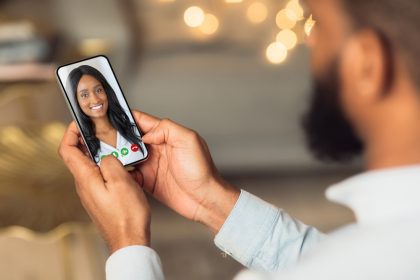Navigating social interactions can be complex, particularly when it involves invitations to drink. Often seen as a friendly gesture, suggesting drinks can sometimes veer into uncomfortable territory, signaling potential unwanted advances. This article will explore how such invitations can be interpreted as red flags, the psychology behind them and practical advice on how to handle these situations safely and effectively.
The underlying implications of drink invitations
Psychological perspective
When someone suggests going out for drinks, it’s essential to consider the context and the relationship between the parties involved. From a psychological standpoint, this suggestion can sometimes be a subtle test of boundaries. It can be an attempt to create a seemingly casual setting that might lower personal defenses and foster a sense of intimacy — which isn’t always welcome.
Social context
In professional or unfamiliar social settings, the invitation for drinks can be laden with implications. Depending on the tone, timing and the familiarity of the individuals involved, such a suggestion might be inappropriate. It’s important to assess whether the invitation feels like a genuine offer of friendship or networking, or if it seems to have an underlying motive that could lead to uncomfortable or unsafe situations.
Recognizing the red flags
Persistent invitations
One major red flag is persistence. If someone continues to suggest drinks even after a refusal, it might indicate a disregard for boundaries. This persistence can often feel imposing and might be a precursor to further unwanted advances.
Context and timing
The setting in which the invitation is made can also be a red flag. An invitation for drinks late at night or in a secluded location should be approached with caution. The timing of the invitation can reflect intentions and should be considered when deciding how to respond.
How to respond to unwanted drink invitations
Setting clear boundaries
It’s crucial to establish boundaries firmly and politely. One can decline the invitation by suggesting an alternative like a coffee during daytime hours or a group setting, which can mitigate the underlying implications of a one-on-one drink.
Listen to your gut
Trusting one’s instincts is important. If the invitation makes you uncomfortable, it’s okay to decline without an elaborate excuse. Maintaining personal safety and comfort should always come first.
Creating a safer social environment
Awareness and education
Raising awareness about how seemingly benign invitations can be perceived as red flags is key. Education on social cues and the importance of respecting boundaries can go a long way in creating safer social environments.
Support systems
Encouraging individuals to have support systems and to discuss their experiences with trusted friends or mentors can help. Knowing some people can offer advice or accompany you to social gatherings can reduce the risk of facing unwanted advances.
Navigating social invitations for drinks
While an invitation for drinks can often be a friendly gesture, it’s crucial to remain vigilant and aware of the context and potential for it to signal unwanted advances. By understanding the psychological and social implications behind such invitations, individuals can better recognize red flags and develop appropriate responses to maintain their safety and comfort. Educating oneself and others about these dynamics is vital in fostering a respectful and secure social environment.
Trusting your instincts is perhaps the most important advice when dealing with invitations that feel uncomfortable. Always prioritize personal safety in all interactions, whether social or professional. This discussion is not just about being cautious but also about promoting a culture of respect and understanding. It encourages open dialogues about personal experiences, helping others recognize when friendly gestures might cross the line into inappropriate territory.
Today’s social and professional landscapes require us to be proactive in our responses, ensuring that all interactions are comfortable and safe. As we continue to educate and support each other in understanding these complex social cues, we contribute to a healthier, more aware society that respects individual boundaries and fosters positive, consensual social interactions.
This story was created using AI technology.















